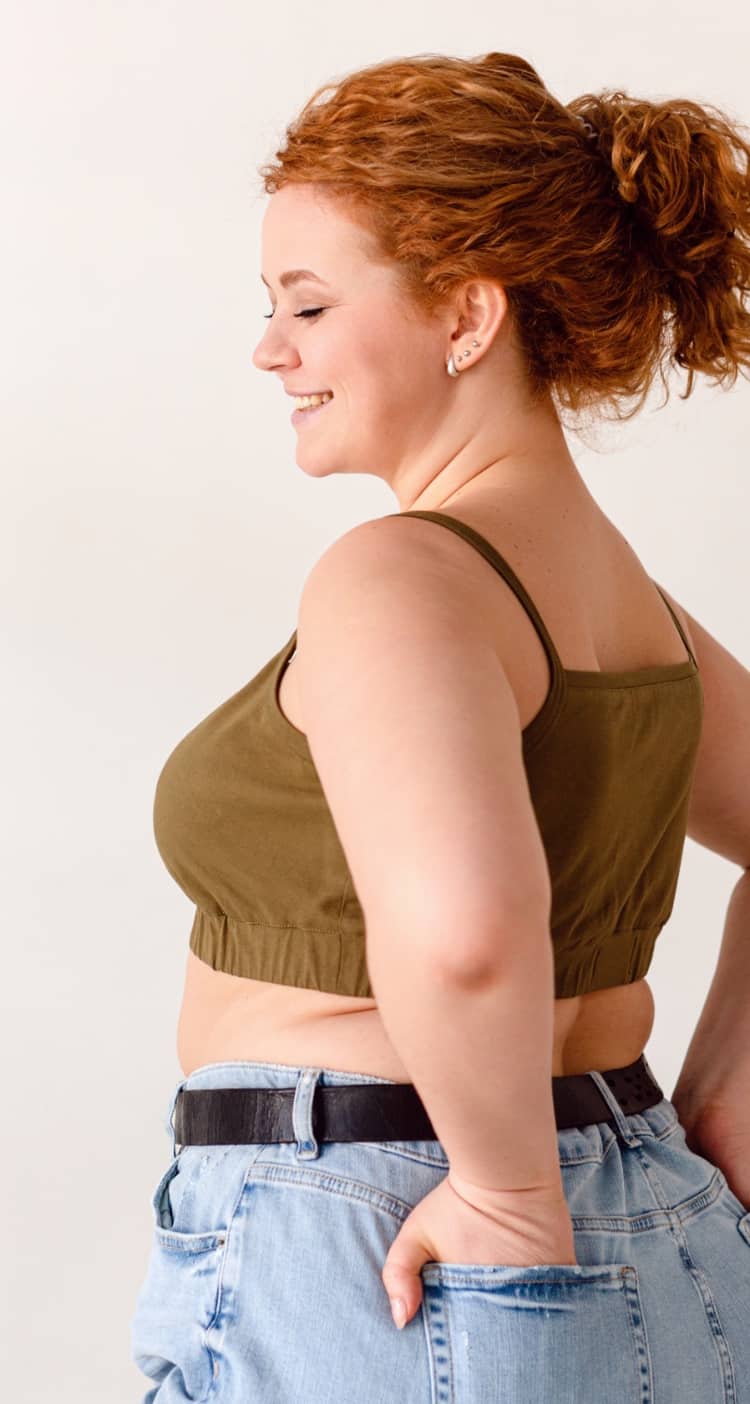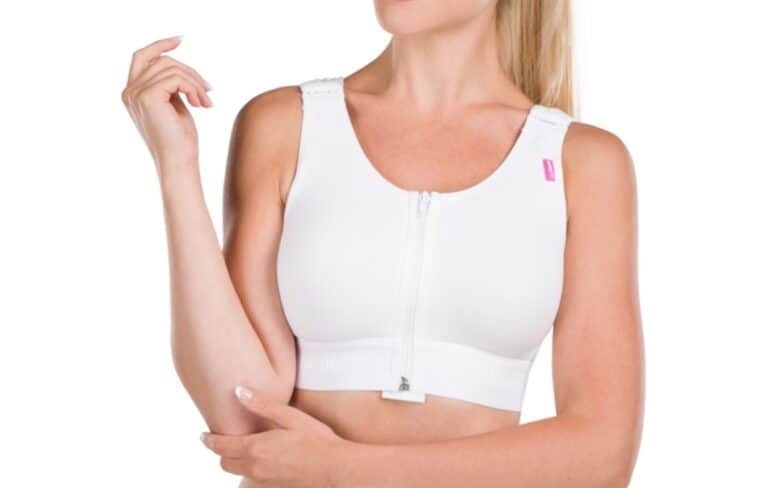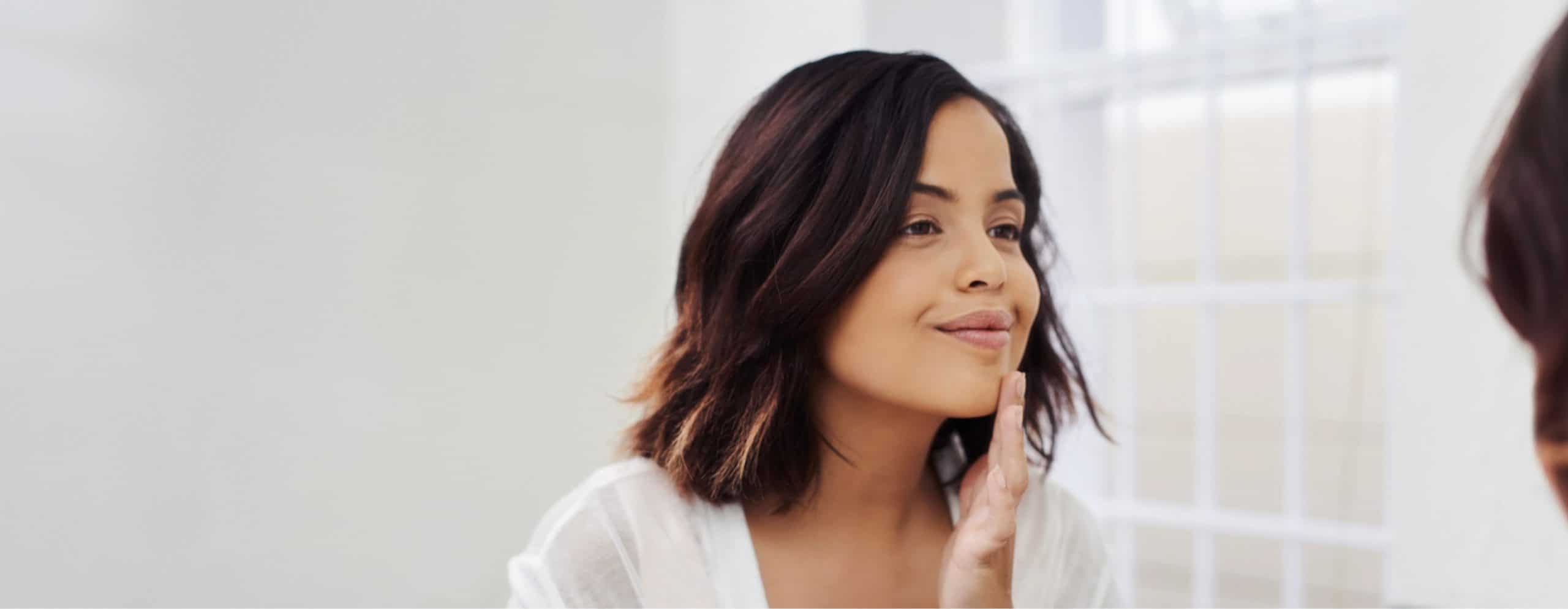
Breast reduction aftercare
Please find some useful aftercare advice following your breast reduction surgery with us. This information can also help you prepare for surgery by showing you what to expect. The advice is general and will apply to the average patient. It should be a guide. All patients are different, and some will recover quicker than others.
Before you leave the hospital
MEDICATIONS
You will be provided with simple painkillers before discharge.
CHANGE OF DRESSINGS
Your dressings should be left intact until your first postoperative visit.
FOLLOW UP APPOINTMENTS FOR DRESSING CLINICS
You will be handed a card with details of your first follow up appointment and contact details for the ward should you have any concerns once you get home.
Post-surgical bras
Please view the following page for advice on support/ post-surgical bras: post-surgical bras.
Recommended specialist post-surgical bras can be purchased online by following the links below:
Macom signature compression bra
Lipoelastic PI Relax
Lipoelastic LIPObra
Discount codes are available (please ask us).
The only measurement required is the high street band size (under bust measurement – e.g., 28,30,32,34,36 etc.). The cup sizes of these bras are expandable, and the bra moulds to your new cup size.

Breast reduction surgery instructions
- Have someone drive you home after surgery.
- Get plenty of rest.
- Start walking as soon as possible; this helps to reduce swelling and lowers the chance of blood clots.
- Follow a balanced diet. Decreased activity may promote constipation so you may wish to add more raw fruit and fibre to your diet. Make sure you increase fluid intake.
- Take pain medication as prescribed. Do not take aspirin or any products containing aspirin unless approved by your surgeon.
- Avoid smoking for at least two weeks, as smoking delays healing and increase the risk of complications.
- Avoid alcohol when taking pain medications. Even if you are not taking pain medications, it is advisable to avoid alcohol for three weeks as it can cause fluid retention, which may worsen swelling.
Returning to work after breast reduction surgery
Return to work will depend on your recovery and your job requirements. We advise patients to take two weeks off work, but it will vary from individual to individual.

Wound care
Nurse appointment at 1 week
Nurse appointment at 1 week
You will have a nurse appointment to remove the outer dressings at the end of week 1. The nurses will check you are OK and have no problems. They can answer any questions.
The paper tape (steri-strips) covering the incisions will generally be left on, and you can continue to shower with these on.
Week 2
Week 2
Please remember to remove your paper tape (steri-strips) by the end of week 2. If the tape is stuck, you can coat it with Vaseline and wait for half an hour before removing it.
Weeks 3-4
Weeks 3-4
Moisturise your incisions with a plain moisturising cream (Aveeno, E45) or bio-oil.
Week 5 onwards
Week 5 onwards
You can cover your scars with micropore tape (Micropore 3M), which can be purchased from most pharmacies. You can shower with the tape on.
Apply the micropore tape for 3-5 days, then remove it and moisturise the wounds with a plain moisturiser. Leave exposed for 1-2 days, reapply the tape for another 3-5 days, and keep repeating the moisturise/ tape cycle for at least 4 months.
Tape – 3-5 days
Moisturise – 1-2 days
Tape 3-5 days
Moisturise 1-2 days
Keep repeating for 4 months.
If the micropore tape causes irritation, then stop using it and moisturise only.
Activities after breast reduction surgery
Showering/ bathing
Showering/ bathing
You may bathe once you are home but try not to soak your dressings.
Sleeping position
Sleeping position
Sleep comfortably on two or three pillows. You do not need to sleep propped upright. Avoid sleeping on your tummy for at least three weeks.
Clothing
Clothing
Wear clothing that is easy to remove and avoid tight tops. Wear a support bra – further information
Driving
Driving
We recommend not driving for at least 4-5 days after your surgery as you may be on pain medication.
Exercise
Exercise
For the first two days, keep your arm movements to a minimum. Your arms should not be used to support your body or lift anything substantial. Do not push your arms to lift yourself in bed. Avoid strenuous activities or any activity that increases your blood pressure for 3-4 weeks. Contact sports should be avoided for at least two months.

When to call
- If you have increased swelling or bruising which is not settling.
- If you notice swelling of one/ both of your legs or feel short of breath – this may indicate a clot in one of your veins/ lungs – Deep vein thrombosis/ Pulmonary embolism.
- If you have increased redness along the incision (this may be a sign of infection).
- If you have severe or increased pain not relieved by medication.
- If you have any side effects to medications, such as a rash, nausea, headache, or vomiting.
- If you have a temperature over 38 degrees Celsius.
- If you have any yellowish or greenish discharge from the incisions.
- If you have bleeding from the incisions that is difficult to control with light pressure.
If concerned, please contact the hospital where you had your procedure performed in the first instance.
Follow up
Weeks 1
You will attend a specialist nurse clinic a week after your surgery to have your outer dressings removed (see above).
Six months
You will have a follow-up appointment with your surgeon in six months to discuss the outcome of your surgery and any concerns you may have.
Please note – Some of our patients will get in touch before their six months follow-up appointment, and we can often address any concerns you may have over the phone or via email. You are welcome to make an appointment (at no cost) before your six months follow-up if you wish to be seen in person to discuss any issues.

Breast reduction – Incredible Dr, incredible outcome. Best decision I’ve ever made
I first contacted Dr Omar Quaba when I was looking into breast reduction surgery. From the initial consultation, I knew I was in safe hands. What I liked best, was that Dr Quaba didn’t rush me into making any decisions. He wanted to ensure I fully understood the risks, and also for me to see the scarring that would occur. This was done using a portfolio so I could see first hand what to expect. My surgery was discussed in depth, with Dr Quaba listening to my thoughts whilst being realistic about the outcome. I would highly recommend Dr Quaba and if I needed anything in the future, he would absolutely be my first port of call.
Adee87
